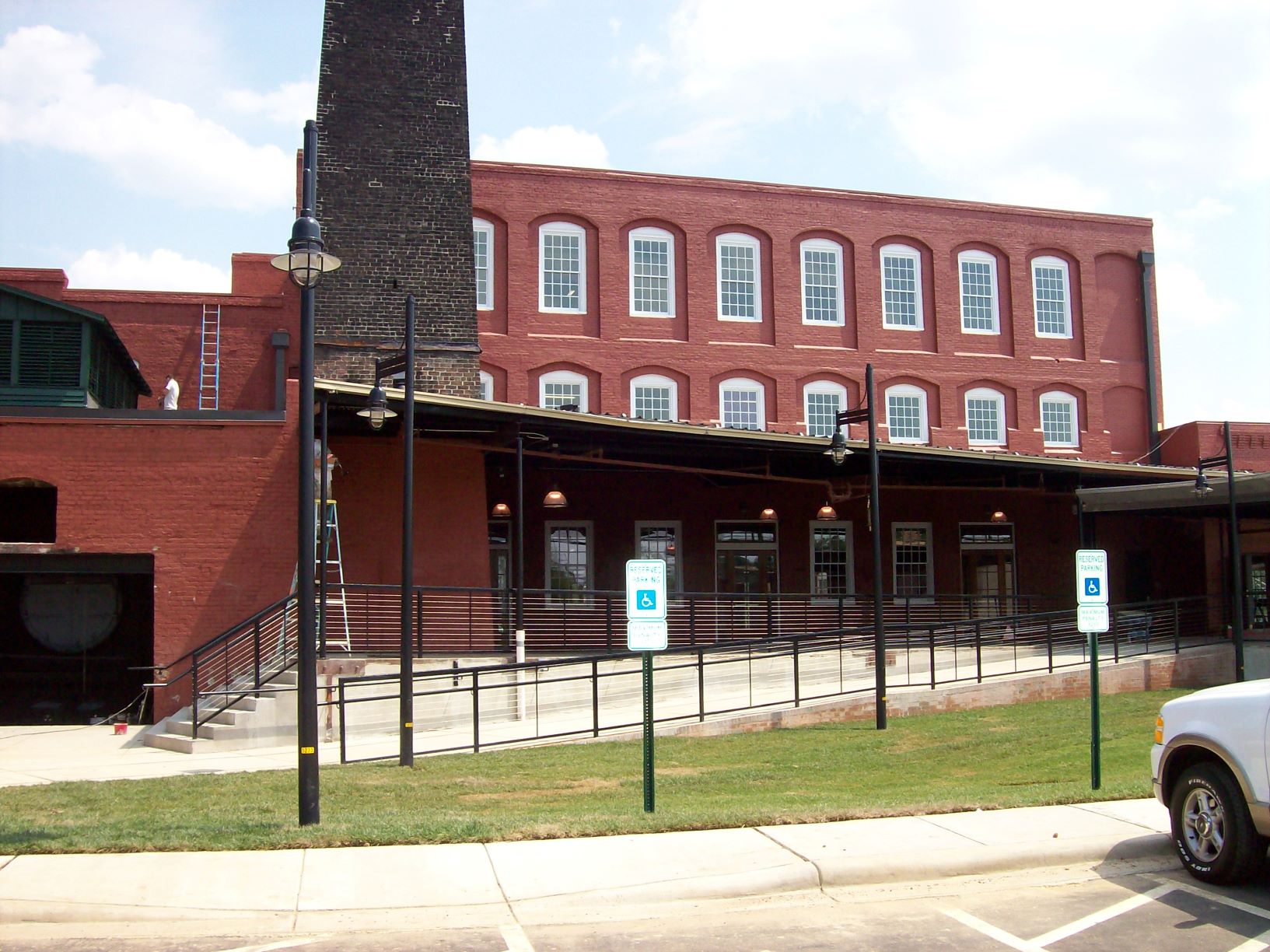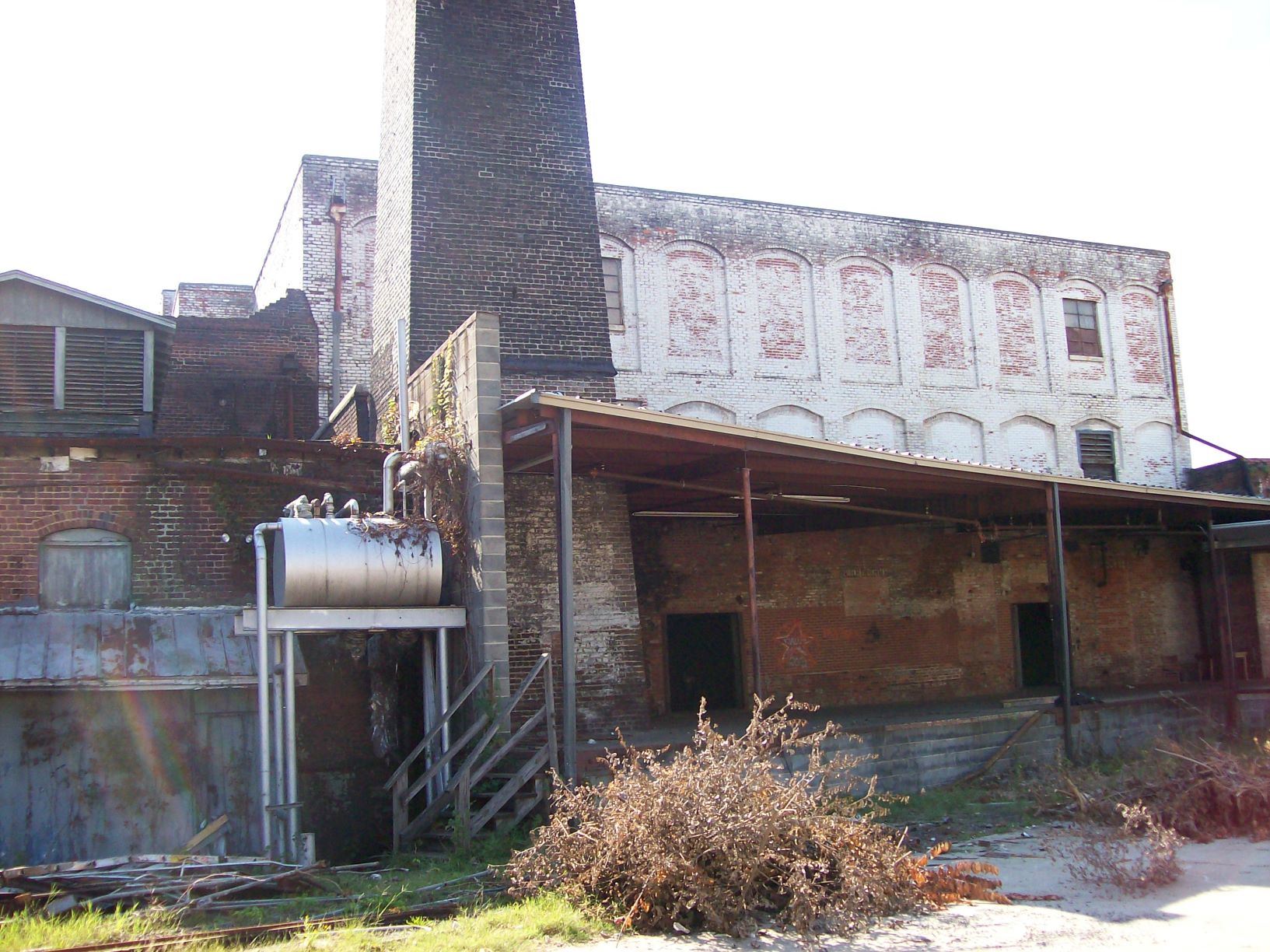Once a central piece of South Carolina’s economy, textile mills began to decline in the 1970s, and left behind large, empty buildings. Although these properties decayed over time, they offer meaningful opportunities for revitalization and historic preservation. In 2008, the General Assembly passed the Textile Communities Revitalization Act, establishing tax credits that could make redeveloping these site feasible.
Redevelopment tax credits often come with complex criteria that properties must meet. For the textile mill credits, the law does not allow properties to be considered as a single site for eligibility purposes when intervening connectors — things like railways and waterways — pass through the site. Based on input from the City of Rock Hill, removing the intervening connector stipulation from the law became one of the Municipal Association’s 2021-2022 Advocacy Initiatives.

The renovation of the Rock Hill’s Cotton Factory became an early success in Rock Hill’s drive to redevelop the former textile manufacturing district of the city. Photos: City of Rock Hill.

Rock Hill is no stranger to mill redevelopment, often with help from the tax credit. The redevelopment of the Cotton Factory became an early success, when the once-deteriorated historic structure received a renovation, allowing for office space and retail. Later examples of refurbishment and adaptive reuse have been mixed-used developments like The Thread and University Center, where development is ongoing. More former mills have become affordable housing.
Rock Hill’s Director of Economic & Urban Development Jennifer Wilford said the city acts as a facilitator during textile mill redevelopment. This involves communication about incentives — the city has growth management incentives that rebate impact and building permit fees in targeted areas, including the mills — and preparatory environmental work, all of which can help with the financial uncertainties faced by the developer.
“When you think about an old textile mill, there are a lot of unknowns,” she said. “What we generally try to do is take as much mystery out of it as possible.”
She said that the mill projects, generating jobs and other economic impacts, largely stand in a critical corridor for the city: between downtown and Winthrop University.
“Getting them back into productive reuse has really started to provide that critical linkage between those two areas,” she said.
Wilford noted that the textiles communities’ credit can be a critical layer in financing structures, and so broadening the applicability of the law by removing the intervening connector issue can improve the feasibility of more projects. The history of textile mills — how they operated and how they moved cargo — makes intervening connectors in the area likely.
“When you think about why these textile mills located where they did, it was because of their access to things like waterways and railroad tracks,” she said.
Find out more about the specific requirements of the tax incentive in the article “Economic Development Tools: Textiles Communities Revitalization Credits,” found in the August/September 2019 issue of Uptown, and view the Association's Advocacy Initiatives for 2021.
